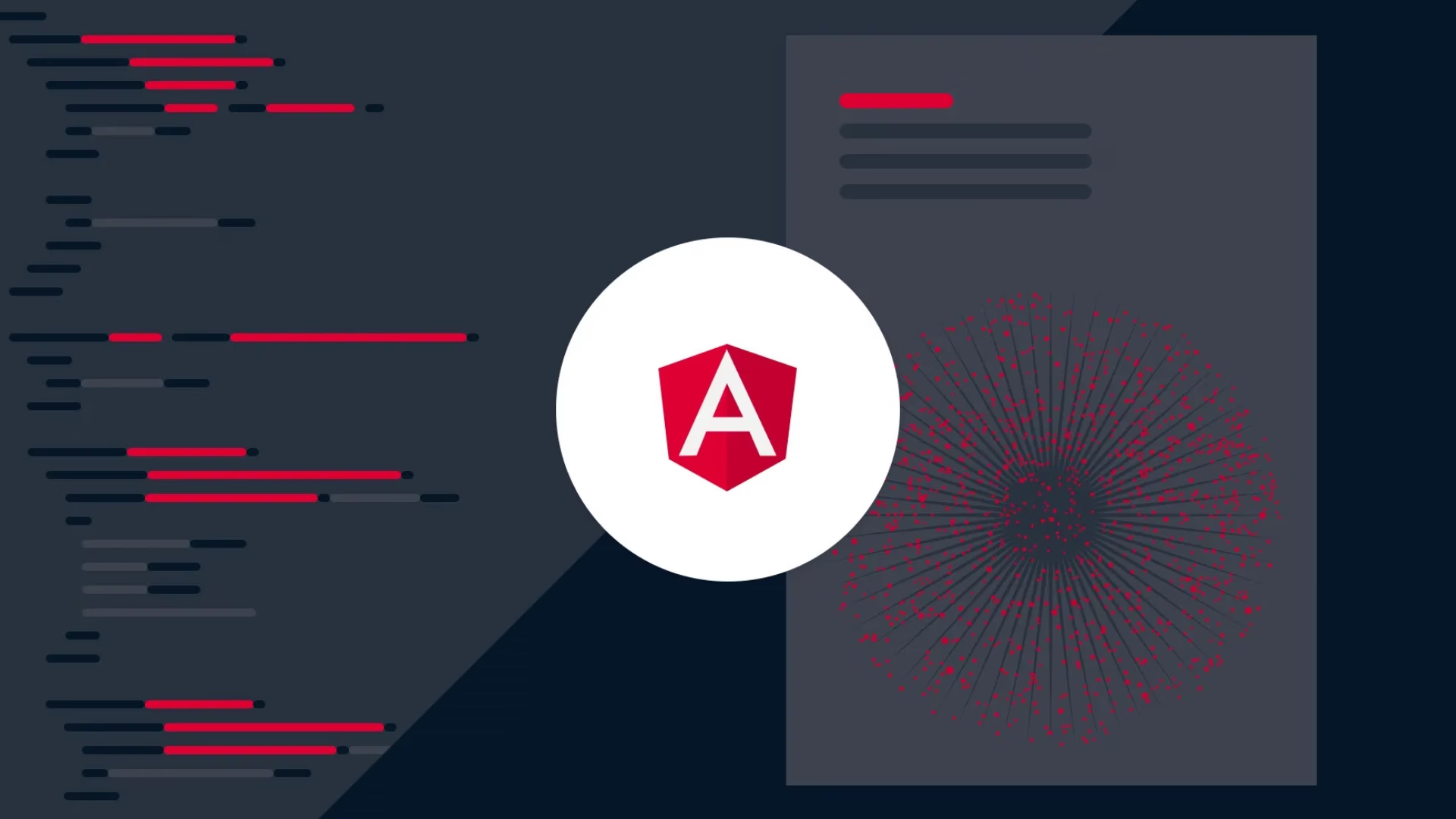
Angular: In-Depth Analysis
Key Takeaway: Angular’s robust, opinionated architecture and rich tooling make it ideal for building scalable, maintainable single-page and enterprise web applications, though its learning curve and boilerplate may require skilled teams.
Introduction
Angular (also known as Angular 2+) is a TypeScript-based, open-source framework for building single-page web applications (SPAs). Developed and maintained by Google, it offers a complete platform—including a component-based architecture, dependency injection, routing, and build tooling—to streamline development of dynamic, high-performance web apps1.
History and Creator
- Origins: AngularJS (version 1.x) debuted in 2010, created by Google engineers Miško Hevery and Adam Abrons to simplify dynamic web UIs2.
- Rewrite: In 2014 Google announced a ground-up rewrite as “Angular 2,” officially released in September 2016. This new version embraced TypeScript, a component hierarchy, and improved tooling1.
- Evolution:
- Angular 4–7 (2017–2018): Incremental features—HTTPClient, AOT improvements, and Ivy preview.
- Angular 8–9 (2019–2020): Ivy rendering pipeline introduced and enabled by default, differential loading, and faster builds1.
- Angular 10–14 (2020–2022): Typed forms, standalone APIs, and deprecation of View Engine.
- Angular 15–19 (2022–2024): Standalone components default, zoneless support, modern SSR enhancements, and CLI improvements1.
- Angular 20 (2025): CLI now omits suffixes by default, reflecting continuous refinement1.
Benefits
- Component-Based Architecture: Encapsulates UI and logic into reusable, testable modules1.
- Dependency Injection: Built-in injector promotes modularity and ease of testing1.
- Two-Way Data Binding: Synchronizes model and view automatically, reducing boilerplate1.
- Powerful CLI: Simplifies project setup, code generation, builds, and testing.
- Server-Side Rendering (SSR): Improves load times and SEO via Angular Universal support1.
- Rich Ecosystem: Official libraries (Angular Material, Elements) and community packages cover UI, forms, and more1.
- Long-Term Support: Predictable six-month release cycle with 18-month support windows ensures stability for enterprise projects1.
Drawbacks
- Steep Learning Curve: Mastering TypeScript, RxJS observables, and Angular’s conventions takes time3.
- Boilerplate Code: Components often span multiple files (HTML, CSS, TS, module, test), leading to verbosity3.
- Bundle Size: Comprehensive feature set can increase initial payload without careful optimization.
- SEO Challenges: Client-side SPAs require SSR for crawler-friendly content, adding complexity1.
- Rapid Evolution: Frequent updates may necessitate refactoring large codebases to adopt new best practices4.
Use Cases
| Use Case | Description |
|---|---|
| Single-Page Applications | Angular was designed for SPAs, offering client-side routing, change detection, and lazy loading to deliver fluid user experiences without full page reloads1. |
| Enterprise-Grade Systems | Built-in DI, modular architecture, and TypeScript’s static typing make Angular ideal for large-scale applications—CRMs, ERPs, and admin portals—requiring long-term maintainability1. |
| Cross-Platform Mobile Apps | Combined with Ionic or NativeScript, Angular enables development of iOS/Android apps from a single TypeScript codebase, reducing time to market and maintenance costs3. |
Conclusion
Angular’s opinionated design and comprehensive toolchain deliver a predictable, maintainable, and scalable platform for web applications. Its component model and dependency injection excel in large-scale projects, while SSR and CLI tooling address performance and SEO concerns. Though it demands investment in developer training and careful optimization to mitigate boilerplate and bundle size, for agencies and clients requiring robust, enterprise-grade SPAs or cross-platform mobile experiences, Angular remains a top choice.
references:
- https://en.wikipedia.org/wiki/Angular_(web_framework)
- https://en.wikipedia.org/wiki/AngularJS
- https://leobit.com/blog/why-to-use-angular-in-an-overview-of-angular-pros-and-cons/
- https://reactmasters.hashnode.dev/top-5-advantages-and-disadvantages-of-react-js-in-2024
- https://www.precisio.tech/everything-you-need-to-know-about-the-history-of-angular/
- https://blogs.30dayscoding.com/blogs/angular/introduction-to-angular/overview-of-angular/use-cases-of-angular/
- https://www.altexsoft.com/blog/the-good-and-the-bad-of-angular-development/
- https://www.agiliway.com/pros-and-cons-of-angular-development/
- https://www.orientsoftware.com/blog/angular-examples/
- https://www.clariontech.com/blog/angular-framework-from-its-first-steps-to-adulthood
- https://www.robinwaite.com/blog/pros-and-cons-of-angular-framework-you-need-to-know
- https://computools.com/top-industries-and-cases-for-using-angular/
- https://www.reddit.com/r/angular/comments/yzvkv9/what_is_angular_framework_why_we_use_angular_and/
- https://www.reddit.com/r/Angular2/comments/1e36o14/what_kinds_of_apps_are_made_using_angular/
- https://www.tutorialspoint.com/angular/angular-advantages-disadvantages.htm
- https://angular.io/guide/what-is-angular
- https://www.youtube.com/watch?v=cRC9DlH45lA
- https://www.pluralsight.com/resources/blog/software-development/angular-101
- https://www.devopsschool.com/blog/what-is-angular-and-use-cases-of-angular/
- https://dev.to/_adam_barker/the-super-brief-history-of-javascript-frameworks-for-those-somewhat-interested-3m82
- https://www.gtechme.com/insights/advantages-and-disadvantages-of-using-angular-web-framework/